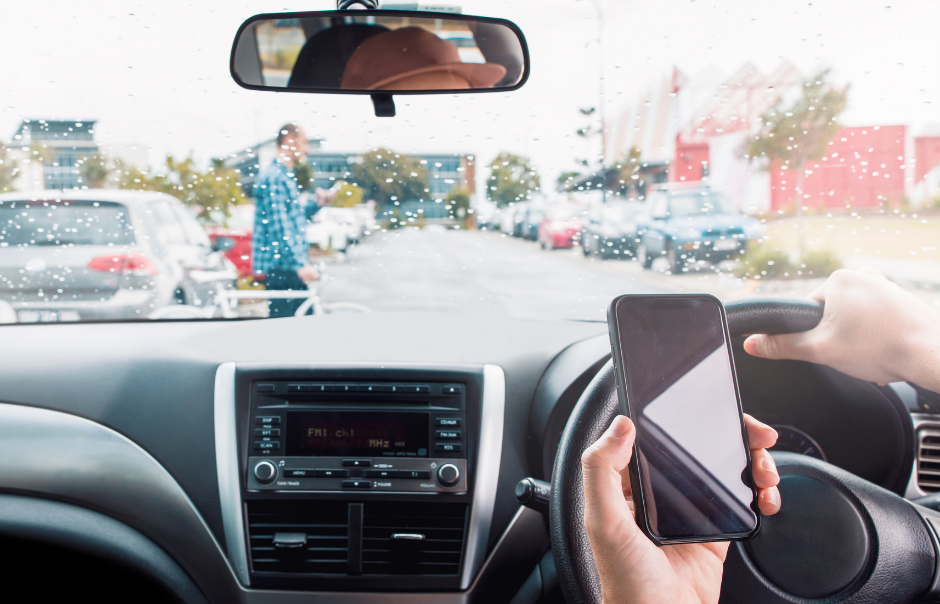We see it on our roads every day: Drivers looking at their phones, eating or drinking, putting on their make-up, or turning around to talk to their kids while in traffic or as they’re speeding down the highway.
While distracted drivers are often just an annoyance to their fellow travelers, their recklessness on our roads can be deadly. In fact, at least eight people die every day in distracted driving crashes, according to the National Safety Council.
April is Distracted Driving Awareness Month, a national campaign started by NSC to raise awareness about the dangers of distracted driving and urge people to be more attentive on the roads.
While we may not be able to easily control the behaviors of others behind the wheel, each of us can make a commitment to avoid distractions while driving this month and all year.
Start by signing the DDAM Distracted Driving Awareness Month Pledge. Get your friends and family to sign as well.
Then, follow the recommendations below so you never have to take your eyes off the road.
By working together to prevent distracted driving, we can all protect the safety of children, families emergency responders and others who share our roads in vehicles, on foot or on bikes.
Tips to Avoid Distractions
Distracted driving comes in four types: visual, auditory, manual, and cognitive. Eating, drinking, listening to loud music, pets, even kids can cause us to lose focus. Some basic recommendations for drivers include:
- First, and most obviously: Don’t talk or text while driving! According to traffic experts, texting is the most dangerous driving activity. According to the National Highway and Traffic Safety Administration (NHTSA) sending or reading a text message takes your eyes off the road for about 5 seconds, long enough to cover a football field while driving at 55 mph. According to the U.S. Department of Transportation (DOT), text messaging increases the risk of crashes or near-crashes by 23 times.
But texting is not the only culprit in distracted driving incidents. Talking on the phone, even on a hand-less device, can impair the driver the same way being intoxicated would. Cell phone users are 5.36 times more likely to get into an accident than undistracted drivers, the research shows. - Don’t multitask while driving. Drivers should only do one thing while on the road: Drive! So don’t do paperwork or put on your makeup when you are rushing to get to school or work.
- Don’t eat or drink while driving. Either eat before or after a trip, or pull over.
- Don’t get distracted by technology. A big selling point for newer cars is all the bells and whistles, many of which are marketed as safety-promoting devices (voice-activated systems or handless devices). But the more complicated these are, the more attention they take from the road.
- Make all adjustments before hitting the road. Drivers should set GPS, climate control, and sound systems, as well as adjust mirrors and seats, before setting out on the road.
- Avoid the clutter. A messy car, with items rolling and moving all over the place, can be a distraction.
- Keep your eyes on the road. Drivers should always keep their eyes on the road and avoid looking at things like cool-looking buildings or eye-catching billboards. It’s recommended that drivers move their eyes every two seconds and scan mirrors every five to eight seconds.
- Never Drive Drowsy. Drowsy driving is a factor in more than 100,000 crashes each year, according to NHTSA. Drowsy drivers should immediately pull off the road and find a safe place to rest.
If you are concerned about distracted driving in your home or workplace, TSS can help you develop a contract for your teen or policies for your business. Contact us at info@tss-safety.com.

